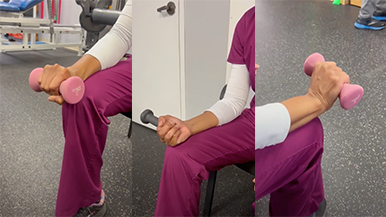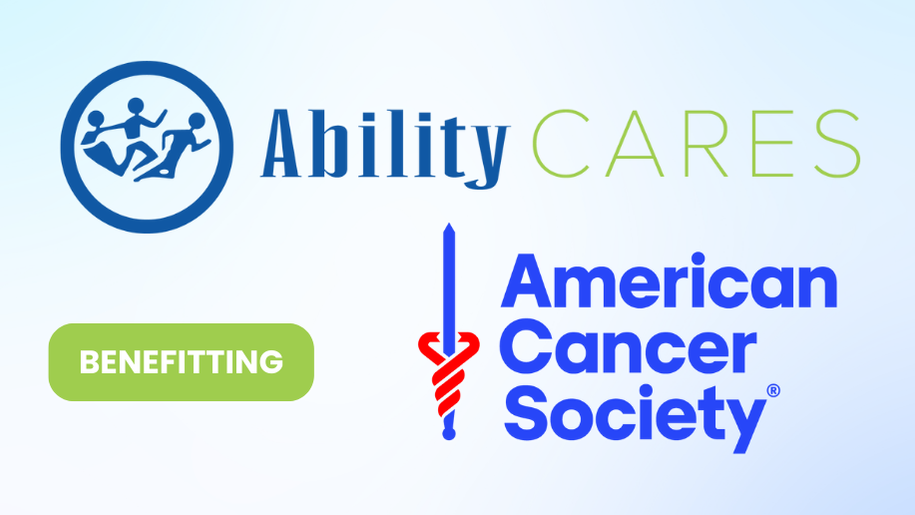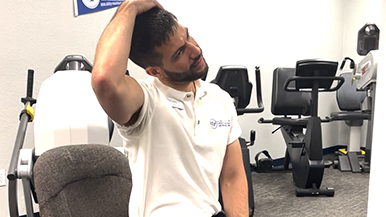What is an ACL Tear? (Anterior Cruciate Ligament)
 One of the most common knee injuries is an anterior cruciate ligament (ACL) sprain or tear. About half of all injuries to the ACL occur alongside damage to other structures in the knee, such as articular cartilage, meniscus, or other ligaments. Ligaments that are injured are considered “sprains” and are graded on a severity scale:
One of the most common knee injuries is an anterior cruciate ligament (ACL) sprain or tear. About half of all injuries to the ACL occur alongside damage to other structures in the knee, such as articular cartilage, meniscus, or other ligaments. Ligaments that are injured are considered “sprains” and are graded on a severity scale:
Grade 1 Sprains: The ligament is mildly damaged and becomes slightly stretched, but is still able to keep the knee joint stable.
Grade 2 Sprains: The Grade 2 Sprain stretches the ligament until it becomes loose – often referred to as a partial tear of the ligament.
Grade 3 Sprains: This type of sprain is most referred to as a complete tear of the ligament. The knee joint becomes unstable, as the ligament has been split into two pieces.
Partial tears of the anterior cruciate ligament are rare and most ACL injuries are near complete or are complete tears.
Risk Factors for ACL Tear
Women are significantly more likely to have an ACL tear than men participating in the same sports. Women tend to have a strength imbalance with the muscles at the front of the thigh (quadriceps) being stronger than the muscles at the back of the thigh (hamstrings). When landing from a jump, some women may land in a position that increases stress on their ACL.
For a complete overview of ACL injuries for women, visit the following educational blog post.
How is an ACL Tear Treated?
Treatment plans for an ACL tear depend upon the patient’s individual needs. However, most recovery plans will include the help of a physical therapist. A physical therapist is able to customize a treatment plan for each patient and assist in the healing process. Young athletes that are involved in sports will most likely require surgery to safely return their previous activity level. The older, less active individual may be able to return to a quieter lifestyle without surgery.
Nonsurgical Treatment for ACL Injuries
An ACL tear will not heal without surgery; however, if overall stability of the knee is intact, your doctor may recommend simple nonsurgical options
Bracing
Your doctor may recommend a brace to protect your knee from instability. Using a leg brace helps provide balance to a recovering knee as well as protecting the injury from supporting excessive weight before it has healed properly. As the healing progresses, reliance on the brace will decrease, allowing the treatment plan to advance to rebuilding muscles and range of motion.
Physical Therapy
As the swelling goes down, a careful rehabilitation program is started. Specific exercises will restore function to your knee and strengthen the leg muscles that support it. The treatment plan typically involves reinstating the range of motion through stretches, gentle exercise, and monitoring the patient’s walking pattern. However, the therapy is tailored to the patient’s needs using a wide variety of rehabilitation techniques.
Surgical Treatment for ACL Injuries
Rebuilding the Ligament
A majority of ACL tears cannot be stitched back together. To surgically repair the ACL and restore knee stability, the ligament must be reconstructed. Your doctor will replace your torn ligament with a tissue graft, which acts as a scaffolding for a new ligament to grow.
Arthroscopic Surgery
Surgical procedures to rebuild an ACL are done by making small incisions with an arthroscope. As arthroscopic surgery is less invasive, the patient experiences less pain from surgery, less time spent in the hospital, and a quicker recovery time.



